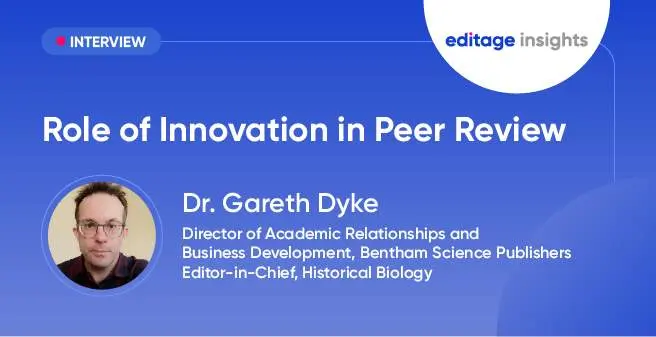Innovation in academia in the Middle East

Amidst the backdrop of recent shifts in the Middle East, there’s a call for yet another social change—to drive innovation. Governments, investors, and universities have begun to increase funding and networking between academia and industry to spark innovation in science and technology. Researchers, however, may not be able to wait for such policies and funding behaviors to gain traction. Rather, more researchers in the Middle East may benefit from following in the entrepreneurial footsteps of some of the region’s persistent scientists who organized themselves for their chance of a research breakthrough. The results have introduced a new approach in research collaboration to their region and an advancement of science in the global community. Hassan Azzazy and Hind Hobeika are two of the many examples of the region’s pioneers. Researchers elsewhere facing similar challenges with funding and infrastructure may stand to learn from the region’s recent events concerning research.
Hassan Azzazy, a chemistry professor at the American University of Cairo helped create a new dimension for Egypt’s universities when he convinced the University to create an infrastructure to support his project. It took the institution a couple of years to establish a spin-off, the first ever in the region and the University has now filed several patents based on Azzazy’s work. But, like many stories of success, thinking outside the box was crucial, and in this case it meant thinking outside the institution. Azzazy took a one-year sabbatical to start his own company. He obtained funds from new foundations such as the Arab Science and Technology Foundation because the University, albeit one of the country’s best, had a budget too small to support his research needs. According to Azzazy, this allowed him to frame research for innovation rather than adopt a restricted approach due to limited funds. Scientists have framed research questions to make use of existing resources instead of exploring a new research question. Azzazy, with a team of researchers, was able to change this norm. He asked “what is the worst medical problem in Egypt” and, as part of the solution, developed a hepatitis C test to detect the disease, which could go undetected for years without symptoms. The new test may be producible at a tenth of the cost of the ones that are currently available. Consequently, Azzazy was able to establish his company in 2013 and raise $500,000 from private investors.
Hind Hobeika, a swimmer and mechanical engineering student at the American University of Beirut also had to look outside the local research community to get ahead and submitted a proposal to a reality television contest, Stars of Science. She designed a prototype for swimmers—goggles with a measuring instrument that takes the pulse from a swimmer’s temple to identify whether the swimmer is above or below the target heart rate so they can keep track and adjust their swimming pace for increased performance. The information is displayed in the swimmer’s field of vision by a small light allowing for the swimmer to continue swimming. For the invention, she won a $100,000 prize in the contest. Interestingly, she explained that when investors reached out to Ms. Hobeika, at 21 years of age, she did not understand why. She reveals a very important gap in knowledge—it has not been easy to make a real-life connection between what is being studied and how to apply it to the industry. She did not know what entrepreneurship was but such a practical understanding during college could have helped her. Today she has her own company, Instabeat.
Despite recent individual successes, overall, when it comes to the number of scientific patents or papers, the entire Middle East region tends to fall behind the BRIC countries. To get ahead, various agents of change will have their role to play. While governments in the region, such as those of Jordan and Egypt, have either increased or pledged to increase research and development spending, it is becoming an integral aspect of a researcher’s career to continue approaching their projects from an entrepreneurial mindset and identifying potential collaborators in their venture through foundations and private entities for funding. However, also important to the regional community is their leadership role in helping universities organize the necessary infrastructure and patiently seeing through such new implementation while legal and logistical frameworks are resolved, as in the case for American University of Cairo. This will not only open up paths for future young talent but also provide a source of funds, since universities are able to request royalties from professors. For instance, American University of Cairo receives 50 percent of royalties on products developed by professors. George Mason University in Virginia, US can collect about 20 percent of grant money to cover overhead costs from the external funding professors receive for their projects. Finally, investors in the region may have to take uncharted risks, which at first may be out of their comfort zone but will undoubtedly lead to the birth of more innovative start-ups and ventures.
What’s been your experience as a researcher concerning support and practical training where you work? How paved is the path before you toward innovation or research progress?





